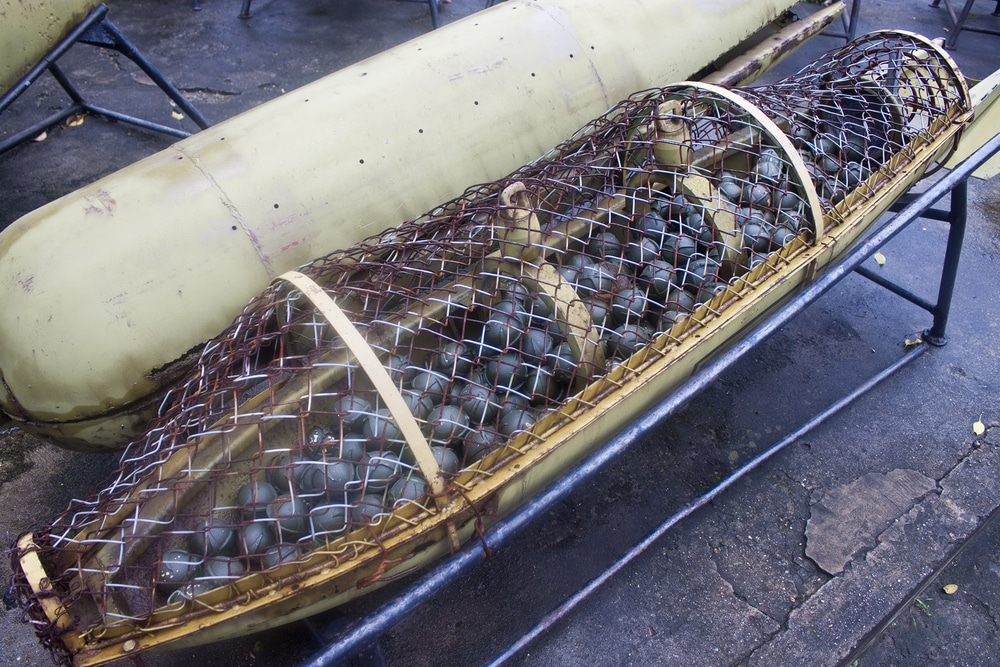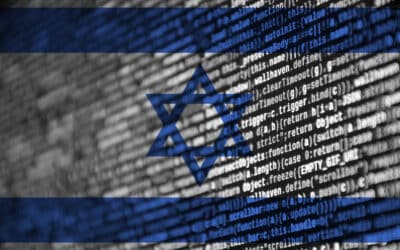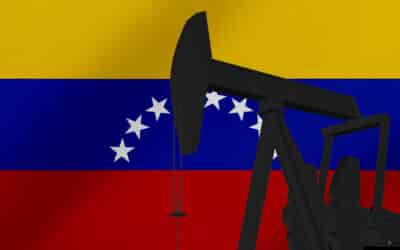A decade ago I attended a charity event dedicated to children from all over the world that had experienced horrible things. There was a little girl, around 11, who had lost both of her legs and her eight year old brother. International doctors had managed to save her life and perhaps in time, with the assistance of prosthetics, she will walk again. But nothing will bring her brother back.
She and her brother were from Laos. One afternoon they were outside playing when an explosive that had been dropped by the United States government, years before her parents were born, detonated. While the U.S. and its citizens may have forgotten about Laos and South East Asia as a battleground, the legacy of war remains to this day constantly creating victims, many of them yet to be born.
For a time the small nation of Laos was the most bombed place on Earth. It is claimed that more bombs were dropped on tiny Laos than were dropped by every belligerent in all of World War II. The United States was not at war with Laos or Cambodia (let alone allied South Vietnam) and still the bombs, chemical defoliants, and mines fell. Many of the bombs dropped were cluster munitions.
Usually a larger carrier bomb filled with several smaller sub-munitions, as it falls the numerous “bomblets” splinter out, sometimes descending by parachute to maximize the spread. The nature of such munitions is to maximize the devastated area. Cluster bombs come in a variety of types, each with different targets in mind, but all remain dangerous long after they are dropped. Not all the bomblets detonate, and many remain buried for decades, still dangerous and capable of exploding.
Once the boots on the ground disappear, and the large air bases with their hundreds of sorties a day stop, the people who live in the war zones have to survive the remnant waste and exist in a place filled with hidden munitions that can explode without warning. Whether land mines dropped to deter enemy movements or chemical defoliants used to destroy plant life, the legacy remains for generations. Hidden mines are an obvious threat, indiscriminately killing or maiming those who tread in the many unmarked areas where they had been laid. And cancer clusters remain from the chemicals sprayed, with their poisons polluting water, soil, and human genetics. Agent Orange is the most famous of the many chemicals used by the U.S. government in its war on South East Asia.
Cluster bombs hold a special sort of perversity. Many of the innocuous looking bomblets seem harmless to a child who may assume it is a toy. Children ignorant of the history of their homelands, saturated with death, are innocent to the foreign policy ambitions of an alien empire who would turn a small country into the world’s most bombed one. Those hoping to make a living from salvaging the scrap metal that still litters the countryside must ply their recycle trade with the risk of injury and death. Oftentimes the scrappers are families hoping to make ends meet, and one detonation can take more than just a limb.
War is not clean. It does not clear up after the public and their government move on. For every soundbite of “What is Aleppo?” and the smug laughter that follows, a legacy of torment for those who live there reigns on. Former air bases such as Tan Son Nhut, one of the biggest in Vietnam, is now a region of extreme pollution. The toxic fuels and death elixirs used by the U.S. military and its allies were carelessly dumped, poisoning the soil so that it is one of the most polluted places on Earth. The toxic waste will harm the health of innocent Vietnamese for generations. The burn pits used on U.S. military bases not only harm their own personnel but will continue to ruin life, just as the use of depleted uranium wherever U.S. and NATO forces have fought in the past decades have created cancer clusters. War is dirty and deadly for a very long time.
The Russian invasion of Ukraine has seen innovations in human killing married alongside the antiquated. Both sides are using weapons that will stain the battlefield for generations (cluster bombs included). The war has been an exercise for the Russian government to clear out its stockpiles of Soviet era munitions while the arms suppliers of the world have enjoyed good business in keeping Ukraine fighting. Cluster bombs have now been approved by the White House to refurbish Ukrainian stocks. In the outcry, critics have centered on Russian use of such weapons or omitted that fact. It is the escalation of partisan political “whataboutism.”
The battlezones that are being contested will become saturated with the remnants of war for sometime, not just cluster bombs but the chemicals that are used to keep aircraft flying to the hidden mines. Those eager to feed the war machine will move on once this war is over, hungry for the next one. Those condemned to suffer, whether today or tomorrow, do so mostly in silence. Misery is far more common than any glory in war, although profits for those who do not suffer is what fuels the war. In an age of social media clout, when clicktavism and partisan politics infect jurisdictions beyond the ballot box, the profit of being righteous unites with the more traditional financial and career minded motives, ensuring that the war goes on just to prove a point. The dying innocent be damned.
Dominoes did not fall once Saigon did; in fact, communist Vietnam fought the Khmer Rouge and then the People’s Republic of China soon after. The Russian invasion is wrong, but to the Kremlin it is a righteous reaction. Many have argued it is far more righteous than the invasions of Afghanistan (pick your invader), Iraq, or Vietnam (again pick an invader). Should the Russians win, it is unlikely that they will occupy the whole of Ukraine and it is almost guaranteed that they will not press on through the Fulda Gap until they reach London. Even the Soviets, outside of a Harold Coyle or Tom Clancy novel, could not or would not have done that. But there is an industry for those who claim otherwise—always has been.
The eagerness to escalate a war is not just harmful to those directly affected now. Cluster bombs may be to some people a minor addition in the supply of munitions, but they will have a lingering legacy. Outside of the claimed moral or legal argumentation for the use of such weapons, the ethical discourse about indiscriminate or needlessly destructive killers goes back to the St. Petersburg declaration of 1868. It is pointless to even consider morality when the most immoral of us conjure up policy and enact it. Escalation can be understood by even the most amoral observer; the steady advance of deadly progress can see the acceptance that tactical nuclear devices may be introduced or at the very least chemical agents.
In the war between Iran and Iraq in the 1980s, modern warfare and ancient ferocity met in a gruesome way that showcased a degree of restraint by the Iranian government. When Saddam Hussein’s regime used chemical agents supplied to it by its Western sponsors, the Iranians did not respond in kind. Such theological governance that made the Ayatollah’s regime so frightful to the West suddenly restrained it from using “gas” to kill its enemies. Such moral restraint was absent from the most civilived Christian nations of World War I when they used “gas,” and likely would be absent in the bumbling cynicism of some modern governments. For all the horrible things that the Iranian regime did and has since done, it did not reach the levels of atrocity of the West’s proxy, Iraq.
Those in the West who eagerly supply the bombs and spread the destruction will go home, returning to the relative safety of their lives and eventually put their actions behind them. It is then for volunteers and under-funded experts to find different ways of removing the deadly remnants that such warriors dropped. Training specialized rats to detect the explosives, or crawling on their hands and knees probing the dirt, to employing modern drones full of sensors that can then detonate the hidden bombs; it all takes time and effort.
We live in such a world where the glory gorges the many killers, while the few who save life by risking theirs, clean up the forgotten battle fields simply because it is the right thing to do. The more technology improves the clean up methods, you can guarantee it will enhance the killing by ten fold. You can be certain that more people will do the killing and less people the clean up in the years after the Russo-Ukrainian War. Just like everywhere else, its cluster bombs will linger for generations.
Decades from now there may be another little girl who loses her brother and legs because they happened to be playing outside. A small munition dropped a generation before her mother and father were born by a government that is likely friends with its former foe. That munition was laying at rest, long forgotten, hidden, and suddenly explodes, tearing a child’s life from this Earth while ripping legs from another. Far away those who forgot where Laos or Aleppo is may even shrug with indifference at the mention of Crimea, though ever certain of the next geographically important location. Just because the soldiers go home, does not mean their victims get any rest.
































